The food industry in Japan is marked by profound respect for craftsmanship, tradition, and visual harmony. Among the tea makers of Kyoto, the confectioners of Hokkaido, and all the details—the choice of ingredients, the display—are a manifestation of a centuries-old philosophy of omotenashi, or wholehearted hospitality. However, in the modern world of global markets, even the finest Japanese food is confronted with an increasing challenge: how to stand out without compromising integrity and sustainability. At this point, tin packaging is glimmering silently.

Tin is making a comeback with a thunderous roar among artisanal and niche food producers in Japan, after it was deemed to be out of fashion. Its simplicity, durability, and recycling are also very Japanese in terms of simplicity, longevity, and environmental concern. Tin is not merely a container, but it narrates the story of care, tradition, and sustainability.
Finding a Distinctive Identity.

Food is not only nourishment in Japan, but it is also a journey to the senses and evokes emotion. Be it matcha, soy sauce, or wagashi (traditional sweets), consumers are interested in products that reflect authenticity and personal identity. It is precisely that which is produced with the aid of tin packaging by small brands.
Tins, unlike paper or plastic containers, are instantly noticeable. Their smooth finish, cold metal, and comfortable weight reflect workmanship and excellence. A tin can will become purposeful in a plastic-packaging-saturated world–an object to be used.
An example of this is a Kyoto confectioner that makes handmade yuzu candies and puts them in an embossed gold tin, which, with its modern design, is slightly tinged with the look of the Edo period. It is not just a container but a souvenir that customers proudly exhibit or reuse.
The feel of tin is also reminiscent. It reminds customers of Japan in the past, the lunch tins they used to take to school, or the old-fashioned tea canisters in their grandparents’ kitchen. This emotional attachment will enhance brand loyalty, particularly in firms that market heritage- or locally based products.
A Sustainability Declaration
Consumer awareness of environmental issues among the Japanese is increasing. Trends in eco-friendly food packaging are changing not only the way food is packaged but also the way it is produced. Tin is a premium value for brands that want to align with Japan’s growing sustainability trend.
Tin can be recycled indefinitely, unlike plastic, which mostly ends up in landfills or the ocean. It is also of high quality, regardless of how many times it has been reused or melted down. Further, tins last long; they do not break or bend so they can be reused many times at home. Most customers use them in different ways, such as storing tea leaves, rice, spices, or small kitchen accessories.
This reusability is perfectly in line with the Japanese thinking about the circular economy, where mottainai, or the feeling of regret over waste, is an informative cultural concept. Tin packaging reinforces that message and builds consumer trust among brands that encourage sustainable sourcing or organic farming.
Practically, tin also preserves Japanese foods extremely well. It creates a barrier between the fragile ingredients and light, air and moisture, all of which are destructive to flavours and freshness. For example, matcha starts losing its bright colour and aroma when it comes into contact with oxygen, and seaweed that is dried quickly can absorb moisture, which affects the texture.
Minimal Batches and Limited Editions.
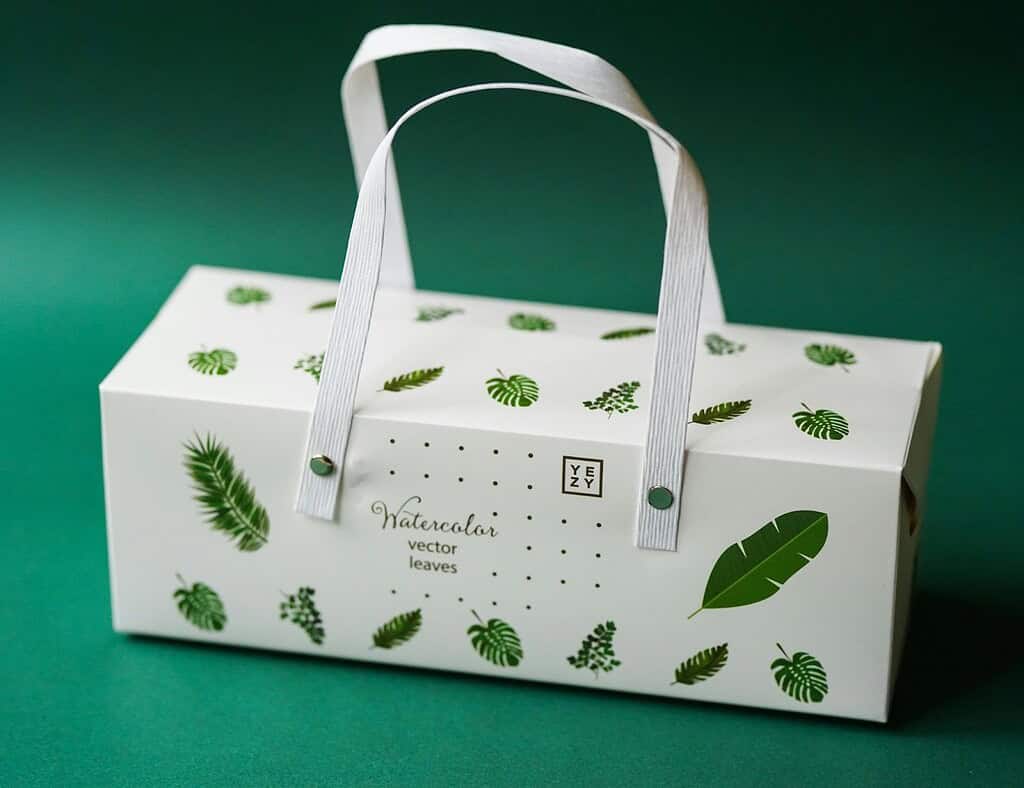
The value placed on the seasonal and the fleeting is a feature of Japanese food culture. It can be cherry blossom-flavoured mochi during spring, chestnut sweets during autumn, or special-edition soy sauces designed for New Year sales, and many small-scale manufacturers do well with small production runs. This is well complemented by tin packaging.
It is possible to produce tin in small quantities, unlike plastic or paper manufacturers, who need massive minimum orders. Such flexibility enables small food brands to play with design, developing collectable packaging during festivals, holidays, or partnerships.
Every limited-edition tin is an artwork, not only a package but also a part of the culinary experience. People usually retain these tins as souvenirs, taking away jewellery, coins, or loose tea when their original contents have disappeared. This interpretation of collectability helps small brands in Japan stand out against mass-market rivals.
Safety and Utility
In addition to aesthetic benefits, tin has practical benefits. Food products from Japan, particularly those manufactured without artificial preservatives, require rigorous protection to maintain flavour, texture, and aroma. Tin offers good resistance to humidity, light and temperature variations.

For example:
- Seaweed (nori) frozen in tins can last longer before it goes bad as compared to using it in plastic sleeves.
- The spices, teas, and salts do not lose their natural fragrance because tins do not allow air to escape.
- Miso pastes or condiments in traditional tin containers can be shipped without breaking easily.
The strength of Tin is also beneficial for export, which is becoming a major route for Japanese food manufacturers. Glass jars may break and plastic may warp on their way; however, tin remains intact, and products reach global customers in their perfect condition. For a small business that sells through online stores or delivers abroad, this trustworthiness is immeasurable.
An In-store Isle to Customise.
The culture of Japan is known for attention to detail. Everything, from the composition of a bento box to the brand on a bottle of sake, has a story to tell. Tin packaging offers limitless customisation—a significant advantage for small brands that want to showcase their identity.

A tin can becomes a medium for a story through embossed logos, an engraved family crest, and a printed ukiyo-e pattern. A confectionery in Tokyo could adorn the tin with the local motif of the season —cherry flowers in spring, waves in summer — and a tea brand in Kyoto had simple Zen temple designs.
It can also be customised on a small scale, even in limited runs. Brands can customise tins for weddings, anniversaries, or local festivals. Other manufacturers have gone so far as to start selling customised tins with customers’ names or brief messages, a nice touch that adds to the sense of exclusivity.
Small but Significant
Compact in size, the effect of tin packaging is enormous. The simplicity and imperfection of the wabi-sabi philosophy of Japan echo in its balance of form and function. A small hand-roasted tea or a small artisan miso does not require any flashy design; rather, its elegant silence speaks volumes.
This subtle sophistication is a benefit for small and niche Japanese food brands. Most of these businesses boast of minimalism, authenticity and interest in materials. Tin enables them to reflect these values and also attract contemporary consumers who believe in sustainable design.
Conclusion
The Japanese culinary world has been struggling to maintain a fine balance between tradition and innovation. With trends shifting and consumers requiring more information about packaging that is more sustainable and transparent, packaging is no longer a practical requirement but a continuation of a brand’s philosophy.
Finally, small yet mighty, tin packaging is not merely that. It is eternal– so is the soul of the Japanese food itself.
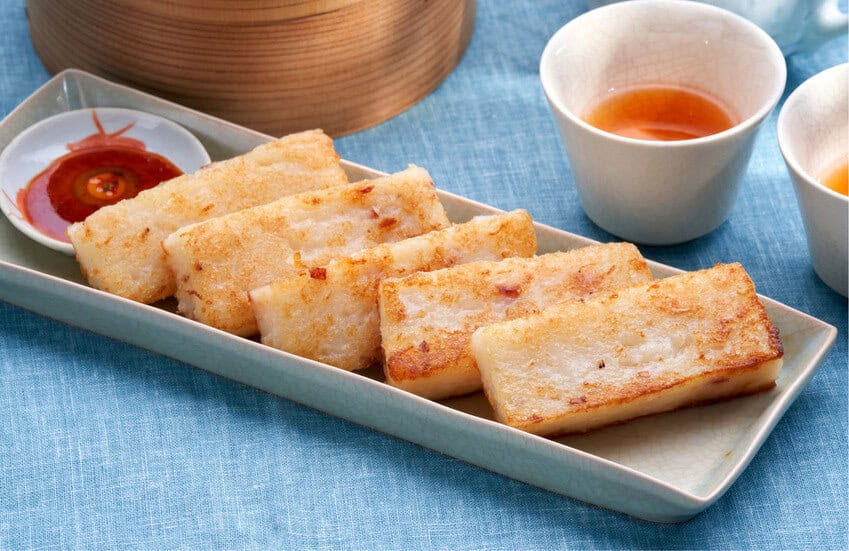
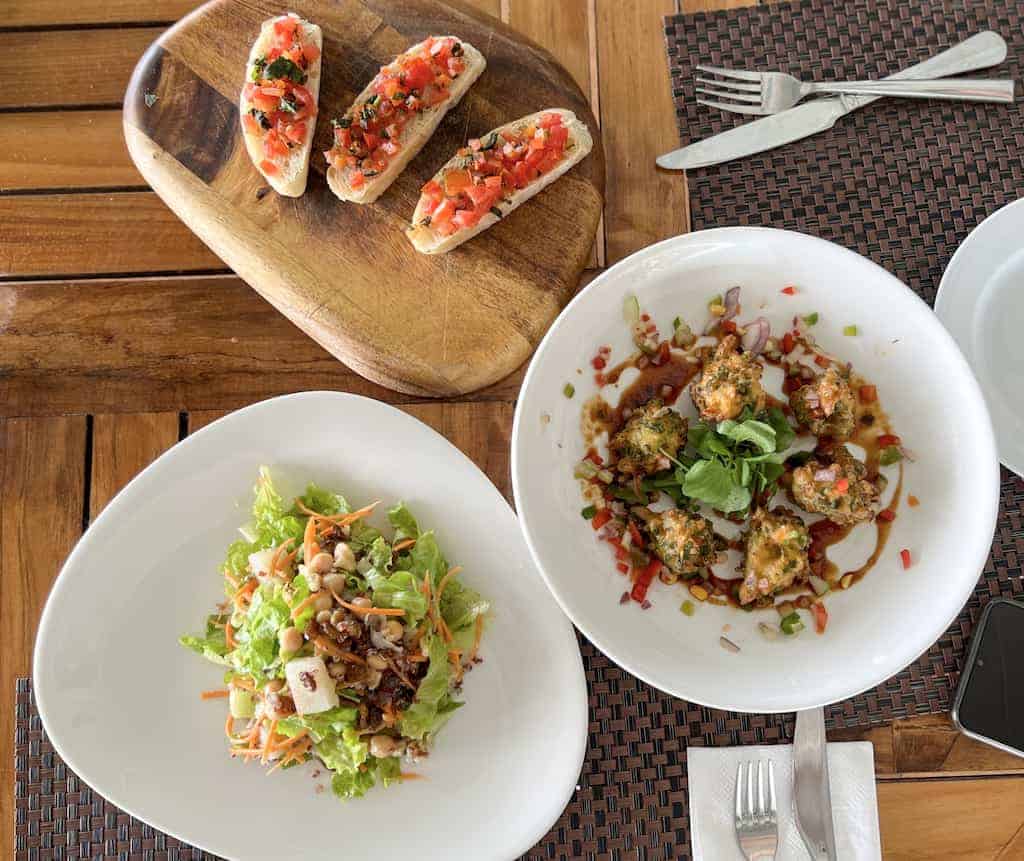
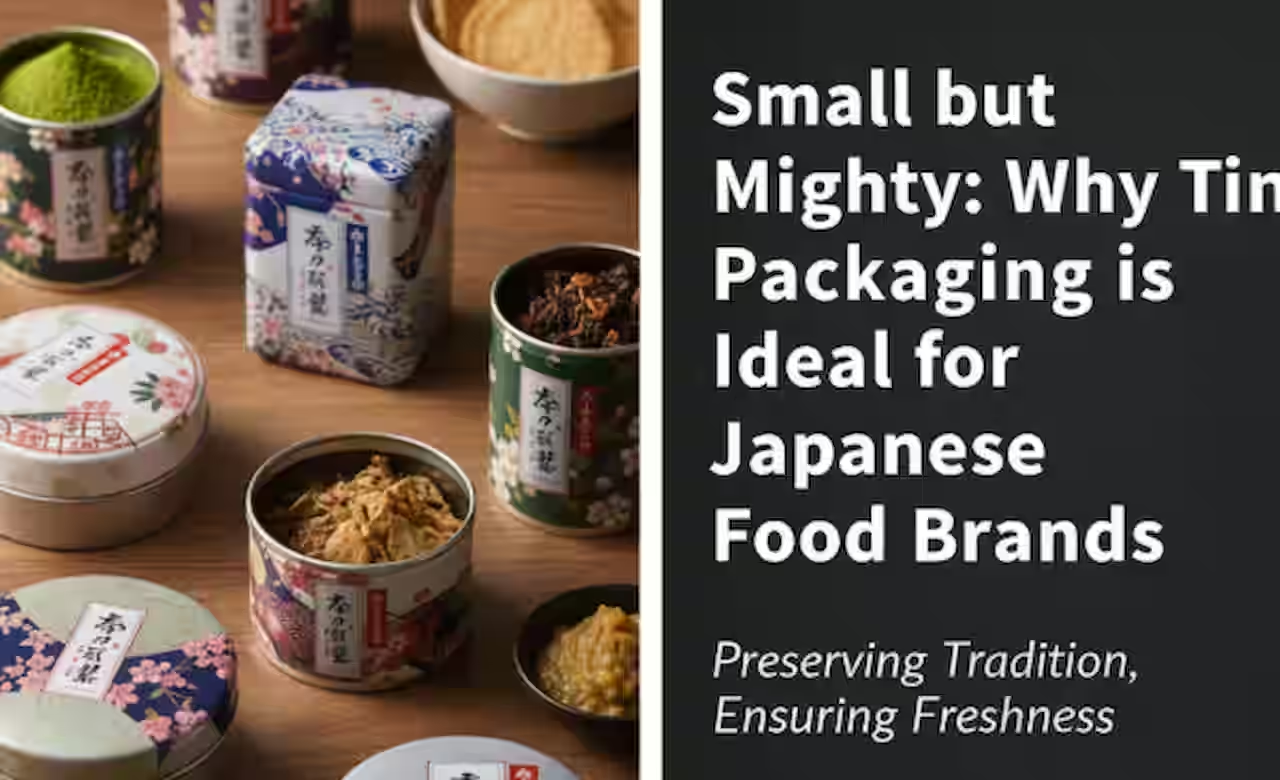

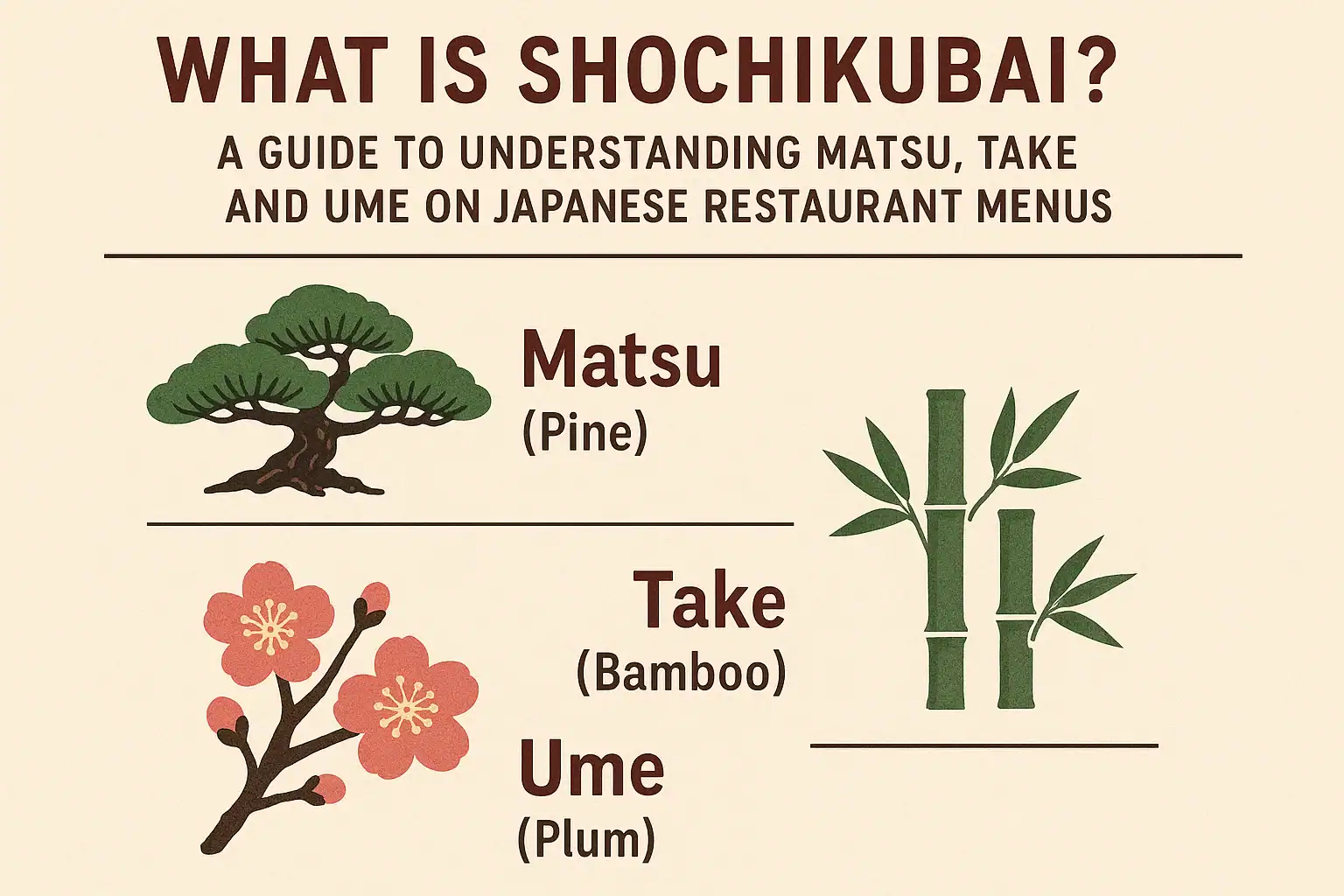

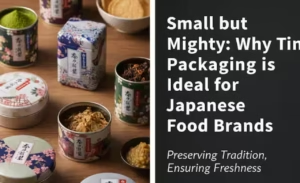
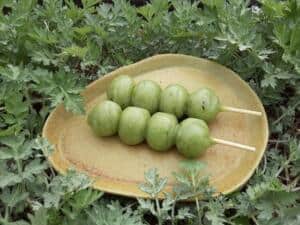
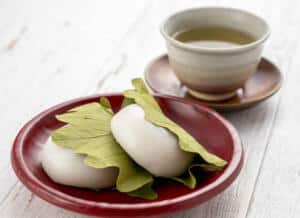
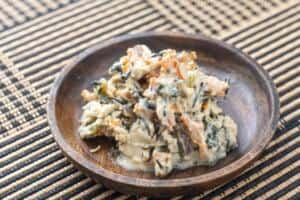
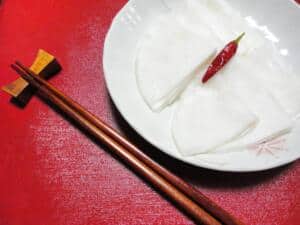

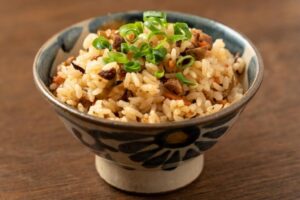
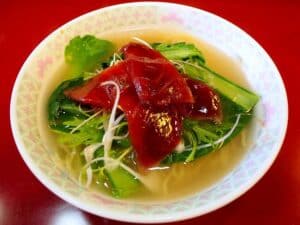

Comments